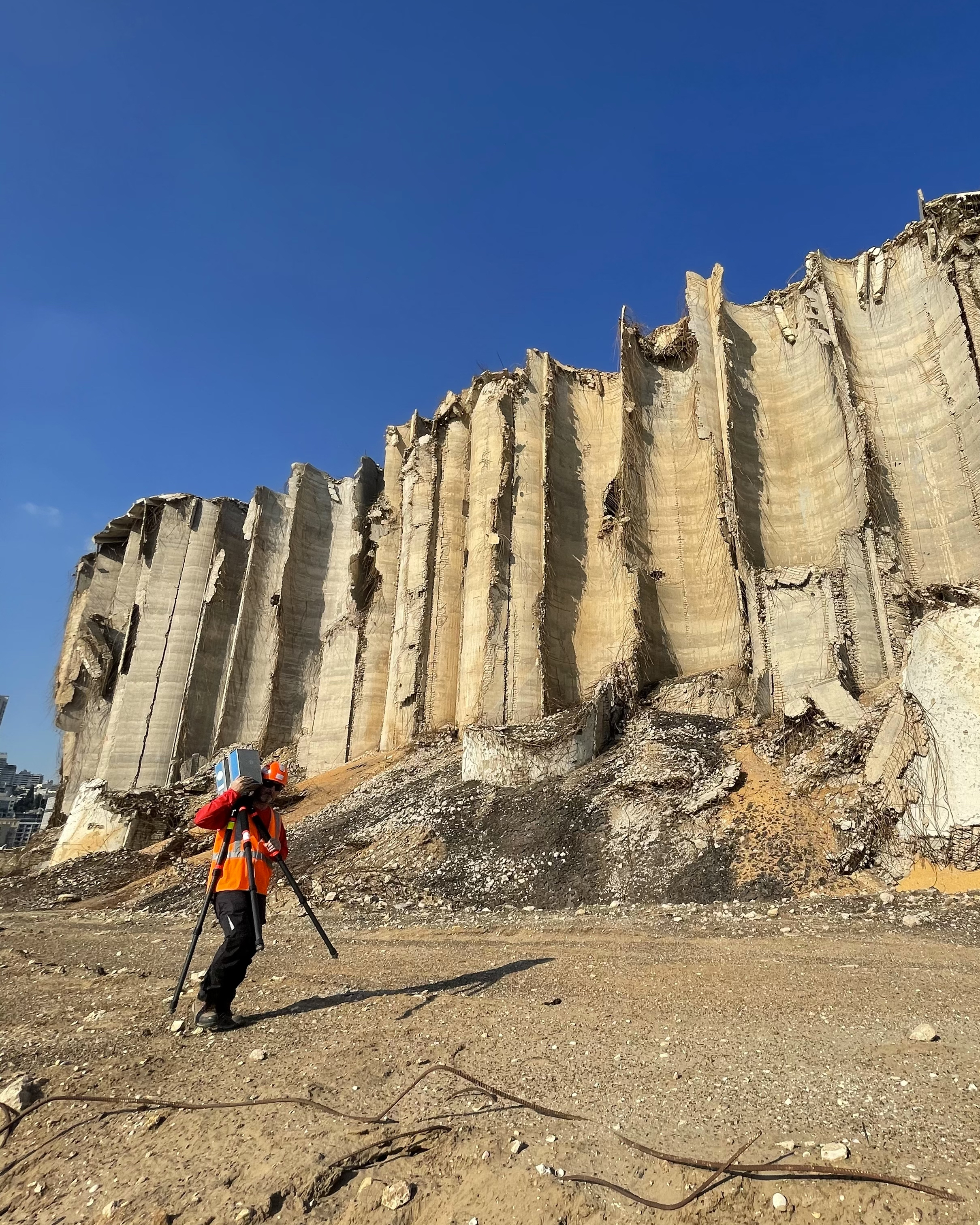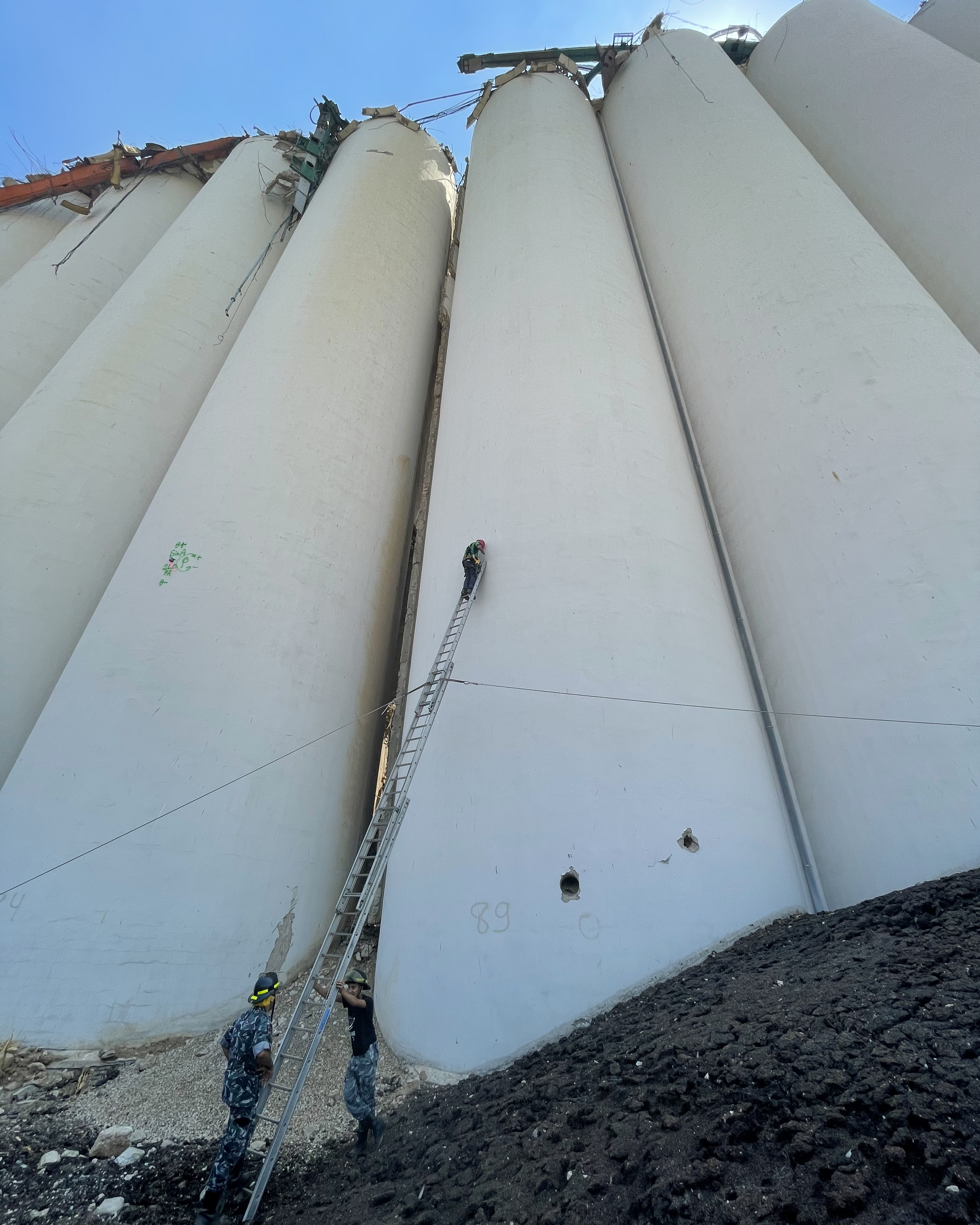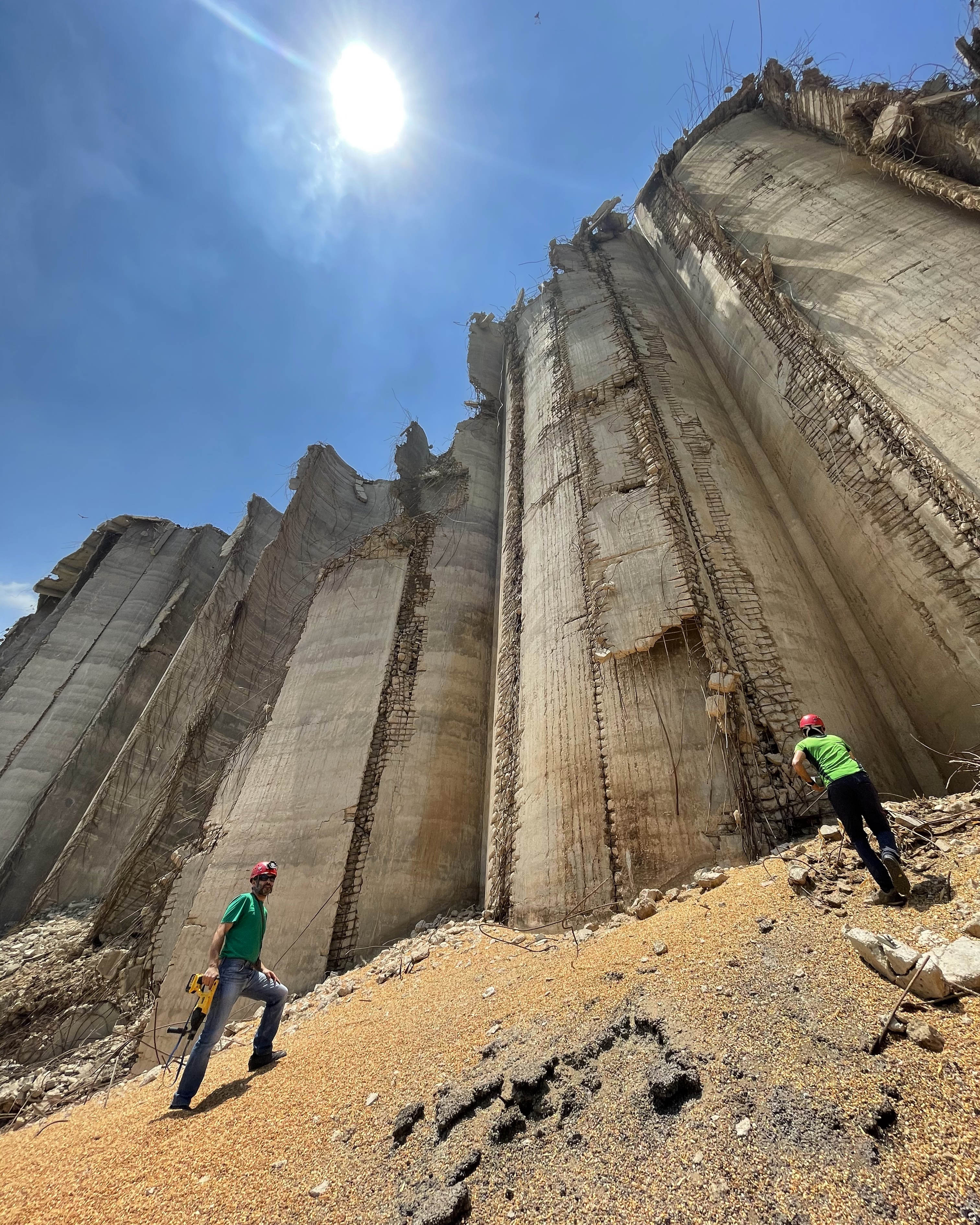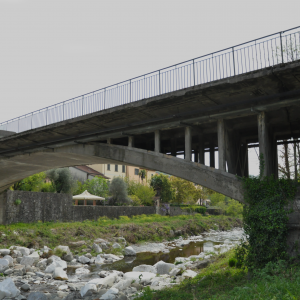Start
2021
Move Solutions Devices
PROJECT OVERVIEW
The Beirut Grain Silos, 48 cylindrical reinforced concrete structures 48 meters high containing 85% of Lebanon’s grain reserves, was built in the port of the capital in the late 1960s. On August 4, 2020, the tremendous explosion that occurred in the warehouse of storage just 85m away from the Silos caused enormous damage, impacting the city along a 600m radius. The part of the structure facing east collapsed completely, while the one facing west resisted without collapsing, preventing the shock wave of the explosion from reaching the western part of the city with all its original strength.
The Beirut grain silos therefore partially protected the city of Beirut from destruction, despite being only a few tens of meters away from the heart of the detonation. Thanks to this huge contribution to the city, this structure has become a symbol for the whole of Lebanon.
A few months after the catastrophic event, after the 3D laser measurements of the end of 2020 and the spring of 2021, inclinations that were not visible without adequate instrumentation were highlighted. For this reason, the Swiss company Smartec provided its customer, the French civil Engineer Emmanuel Durand from Amann Engineering GmbH (Geneva), with a Move Solutions wireless sensor system for the permanent monitoring of the Beirut silos.
The monitoring system consists of multiple Triaxial Tiltmeter sensors, installed tens of meters high to monitor any angular variation of the inclination of the structure. These wireless devices are very easy to install and therefore are perfect for a dangerous and difficult-to-access facility like this one. The entire monitoring system uses LoRaWAN radio communication to send the detected data to the Gateway installed on site. These Triaxial Tilmeter by Move Solutions, installed on the walls of the Silos, allow monitoring these rotations imperceptible to the naked eye with high resolution and precision correlating it to a temperature measurement.
The collected data can be viewed in real-time thanks to the Move Cloud Platform, which allows the customer to remotely monitor the site of interest and, through the many tools available, facilitates its analysis. With the Move Cloud Platform, the customer was able to set different operating parameters for each sensor, including sampling rates, alarm thresholds and much more.
The system guarantees constant monitoring of the health of the structure and the creation of historical records of the collected data which can be accessed at any time.
Since January 2022 an acceleration of the tilt was detected by the sensors, which became even worse after a fire burst in the silos in July 2022, probably caused by some leftover grain heated up by the sun. “Two weeks ago, the silos were tilting at 2 millimetres per day, but in the last week that has accelerated to 2.5 millimetres per hour. The inclination now worsens at a steady 6 millimetres per hour“, Emmanuel Durand announced in July, expecting a collapse that happened on the 31st of July (4 silos), on the 4th of August (4 silos) and on the 23rd of August (8 silos), leaving only 12 of the 48 original silos standing.
Unlike many people think, the collapse was only accelerated by the fire, but that was not the cause: the silos were already tilting because of the August 2020 explosion, and they would have collapsed anyway. No plan to repair them would have worked.
However, thanks to Durand’s warnings, made possible by the real-time data provided by the monitoring sensors, the area had been cleared and secured, firefighters prevented from accessing the area, and no one got injured this time. “The sensors have been working incredibly well. We saved lives!” – stated Durand after the third collapse.
“We are glad to see that our tools have been used to avoid another tragic accident. That should always be the aim of this type of technology: keeping people safe by accurately monitoring infrastructures. We hope that a growing number of organisations may leverage smart and continuous Structural Health Monitoring to design proactive strategies in our communities’ best interest” added Ferdinando Frediani, CEO of Move Solutions.
The following graph shows the inclination of a Northern silo measured by a sensor from November 2021 until July 2022: it is clear how it has been worsening even before the fire.


Graph visible on the Cloud platform used to remotely monitor the silos – it shows how the inclination of the silos has been increasing since November 2021 (Move Solutions/Amann Engineering)








